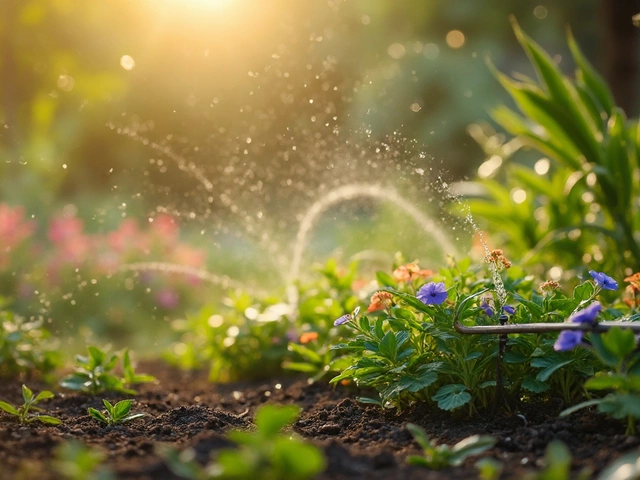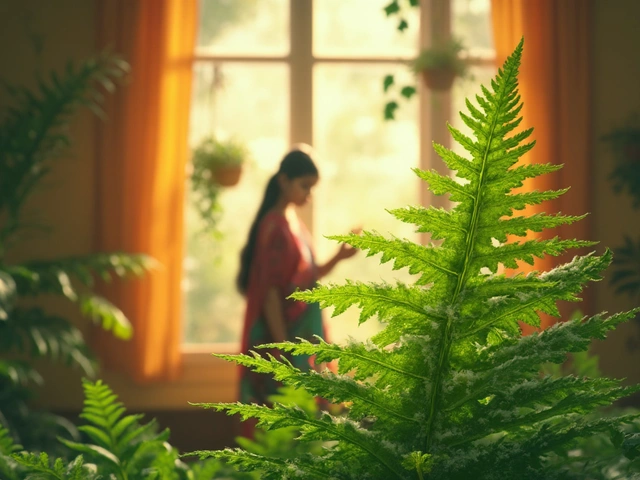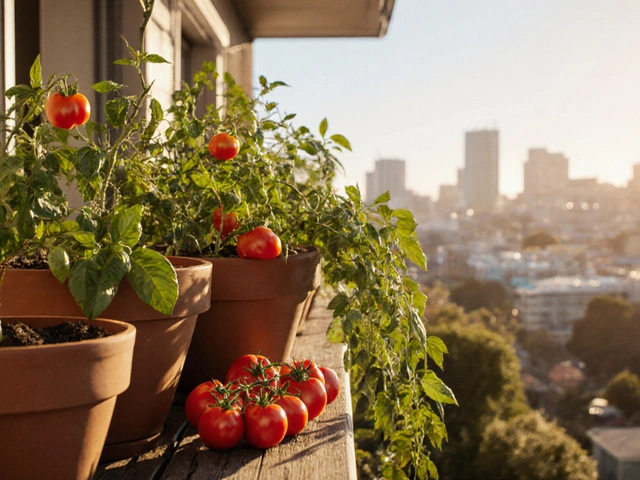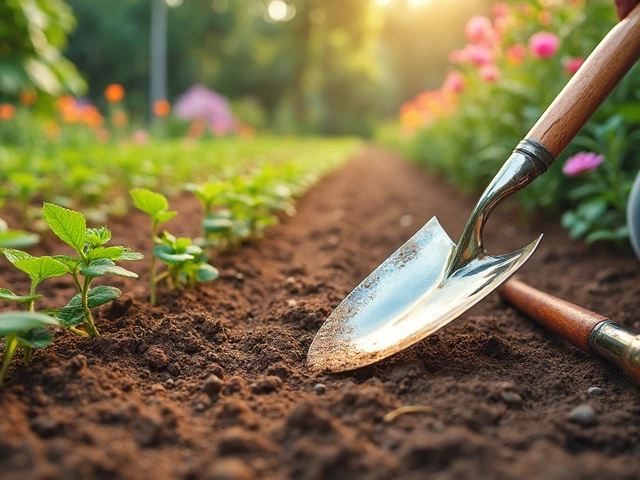Grow Fruit Trees: Simple Steps for a Healthy Orchard
Thinking about adding mango, guava or lemon trees to your backyard? You don’t need a massive plot or years of experience. With the right location, soil prep, and a bit of patience, you can enjoy fresh fruit right from your garden. Below we break down the must‑do actions, from picking the perfect spot to keeping your trees thriving year after year.
Pick the Right Spot and Soil
Fruit trees love sunlight – aim for at least 6‑8 hours of direct sun each day. If your yard has shading from tall buildings or trees, choose dwarf or semi‑dwarf varieties that tolerate partial shade. Test your soil’s pH; most Indian fruit trees prefer a slightly acidic to neutral range (pH 5.5‑7). If the soil is heavy clay, mix in compost and coarse sand to improve drainage. A simple soil test from a local lab can save you a lot of hassle later.
Planting, Watering & Early Care
Plant your tree in the cooler months – October to December works well for most regions. Dig a hole twice as wide as the root ball but no deeper. Gently spread the roots, fill with native soil mixed with organic manure, and water thoroughly to settle the soil. For the first three months, water deeply once a week, especially during dry spells. Using a drip irrigation line buried about 6‑8 inches deep ensures water reaches the roots without wasting it.
Mulching is a game‑changer. Spread a 3‑inch layer of straw or dry leaves around the base, keeping the mulch a few inches from the trunk. This keeps weeds at bay, retains moisture, and slowly adds nutrients as it breaks down.
Pruning might sound scary, but it’s essential. In the first two years, focus on shaping the tree: remove any crossing branches and keep the center open for airflow. A well‑ventilated canopy reduces fungal problems and lets sunlight penetrate deeper.
Watch out for common pests like fruit flies, aphids, and scale insects. A natural spray of neem oil or a homemade soap solution can keep them in check without harming beneficial insects. If you notice leaf spots, improve air circulation and avoid overhead watering.
Fertilize smartly. Young trees benefit from a balanced 10‑10‑10 NPK fertilizer applied in spring and a lighter dose in autumn. Mature trees need less nitrogen; a boost of phosphorus and potassium in flowering season encourages bigger fruits.
Patience pays off. Most fruit trees start bearing within 2‑4 years, depending on the variety. When you see the first tiny green fruits, protect them from birds with netting and let them ripen naturally on the tree for the best flavor.
Ready to get started? Grab a sapling from a reliable nursery, check your soil, and follow these steps. In a few seasons you’ll be enjoying home‑grown mangoes, apples, or citrus without the supermarket markup. Happy planting!
Top Fruit Trees for Balcony Gardens: Easy and Delicious Options
Transforming a balcony into a flourishing garden space can bring joy and fresh produce to your doorstep. Selecting the right fruit trees for your balcony garden can be a rewarding endeavor. With careful choices like dwarf fruit varieties, you can enjoy bountiful harvests even in limited spaces. Here is everything you need to know to get started on growing fruit trees on a balcony.
About
Balcony Gardening
Latest Posts


White Stuff on Ferns: What It Is and How to Handle It
By Alden Thorne Jun 15, 2025

Best Balcony Garden Direction for Sunlight and Plant Growth
By Alden Thorne Nov 28, 2025

The First Essential Tool Every Gardener Needs
By Alden Thorne Apr 16, 2025

